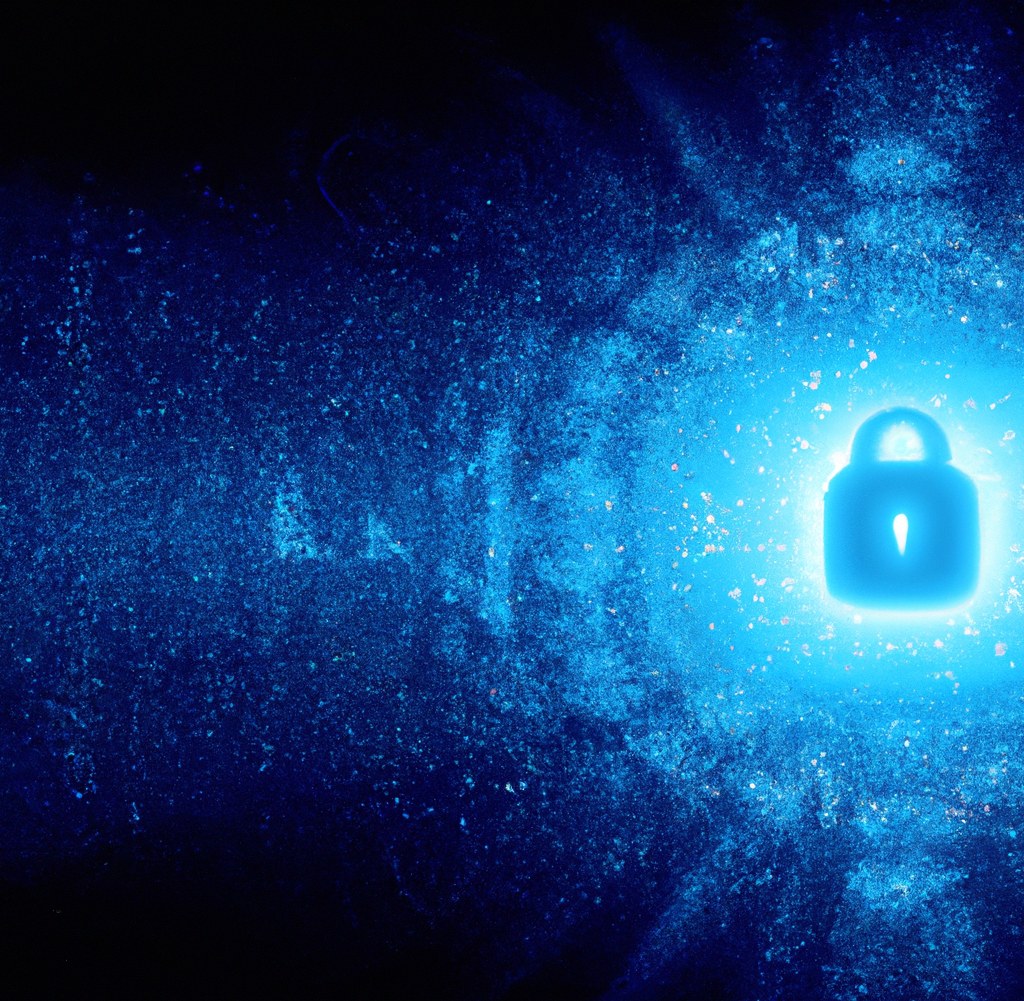
As we step into a new year, we continue to see cybersecurity included more in everyday executive meetings and IT professionals given a seat at the table in decision-making discussions. With recent advancements in technology, both security professionals and potential attackers have adapted to the ever-evolving landscape of the internet and company networks. So, let’s take a look at a few of the top trends we’re seeing take over cybersecurity strategy conversations in 2023.
Security efforts have been a prominent subject matter within IT departments, but with the growing media attention placed on security breaches of companies like Uber and video game developer, Rockstar, more everyday employees are learning more about general cybersecurity. Social engineering techniques, such as phishing attacks, are growing in frequency, creating a culture of cyber awareness among every department, employee, and executive has become widely accepted as an essential precaution in the new year. When basic security skills are understood across an organization, it allows businesses to maintain cybersecurity as a core element of their proactive preparedness strategy in the new year.
With more and more devices being connected to the network–and each other–the security of those new access points has become a new challenge for IT teams to face. Per a 2019 prediction, the number of IoT connected devices across the globe will hit 43 billion this year, ranging from building security systems, wearables, and even company vehicles.
In previous years, IoT devices have been largely ignored when it comes to routine security patches because they don’t directly store sensitive or personally identifiable information. While this may be true, these devices still create risks that can be exploited by threat actors to gain access to devices that process or store the data. In 2023, organizations will need to invest in security efforts that include patches, updates, and multi-factor authentication implementation that focuses on IoT technology to ensure they have full awareness of every connected device.
One of the biggest challenges the cybersecurity world has had to face since the beginning of the Covid-19 pandemic has become the new norm across virtually all industries: work-from-home and hybrid working structures. Before 2020, the office environment lent itself to easy, in-person conversations between IT departments and everyone else regarding routine security updates or audits on company-provided hardware. Since then, employees have opted to use their personal devices when working remotely, introducing a new challenge to an organization’s cybersecurity.
With security teams lacking the ability to monitor or access the devices and their permissions connected to the secure network, IT experts will need to prioritize cybersecurity that encompasses remote workers and helps the company to encourage their unique work environment. Fostering an awareness of cybersecurity is one step in a comprehensive strategy that each organization will be forced to create to stay protected and risk mitigated.
As technology continues to advance and cyberattacks grow in frequency, it’s become increasingly apparent that the security teams, while experts, don’t have the ability to immediately react to every breach or predict where the next attack will occur. Instead, the implementation of machine learning algorithms are going to become more commonplace, enabling security teams to have eyes on the massive amount of data to catch potential gaps and develop solutions before breaches occur.
On the other hand, malicious attackers are also deploying their own AI technology to help them identify potentially high-value systems and their weaknesses on a larger scale than previously possible. It also has the potential to build better phishing emails that appear more legitimate, thus increasing the likelihood of bypassing email defenses and tricking the end-user into following the directions in the phishing email. This veritable AI arms race will encourage the growth of machine learning cybersecurity solutions and increasing sophistication of the technology as a whole.
While these trends will influence the direction of cybersecurity this year, only time will tell how the industry will be asked to adapt to the changing landscape or events we have yet to see. It’s important to remember that the world of cybersecurity and security products is always evolving to meet the unique needs of each industry and defend against the variety of threats company’s face every day.
If you’re ready to change how you prioritize your security in 2023, you can trust Omega to manage your cyber resilience. Contact the team at Omega ATC today to learn more about how you can adapt your cybersecurity efforts in the new year and get started with our expert services today.
References: